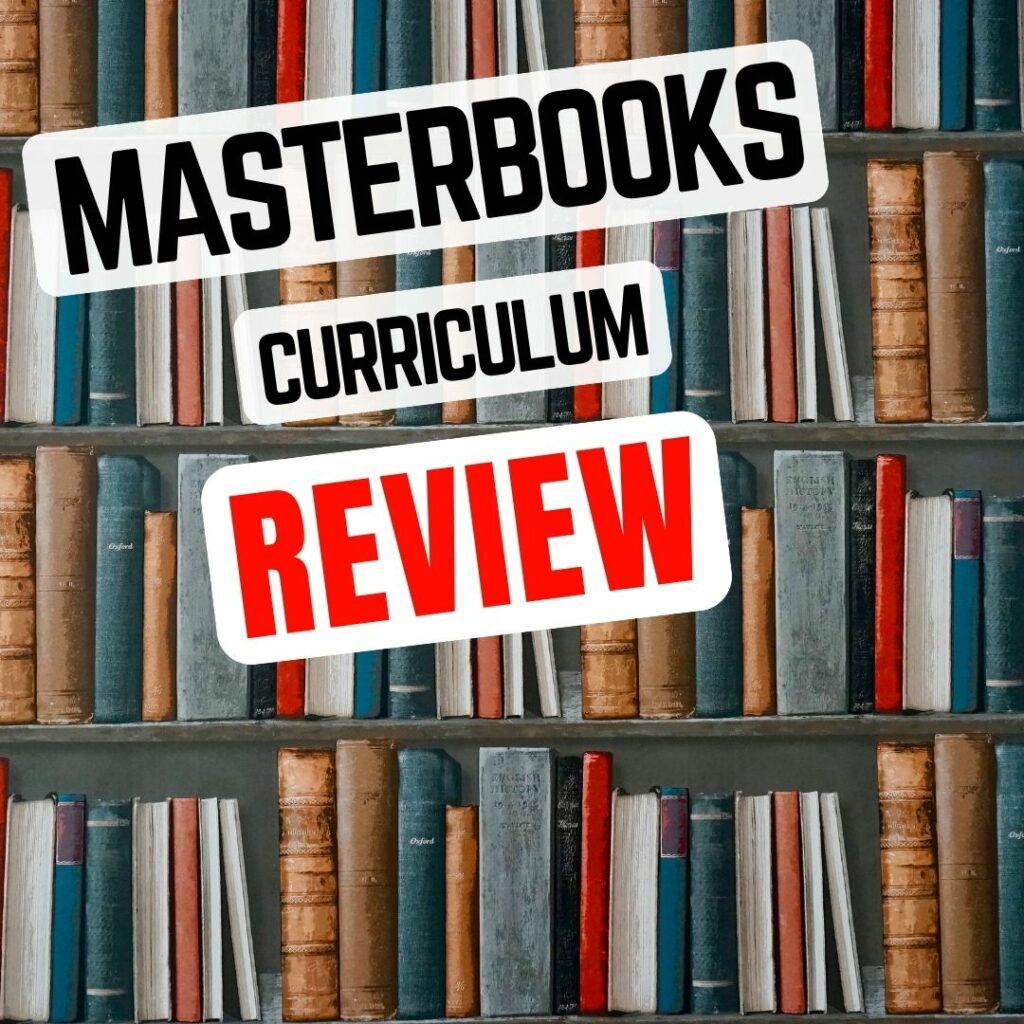Choosing the Right Homeschool Curriculum

So you’ve decided to take the plunge into the wild world of homeschooling. Congrats! You’ve taken a giant leap into the unknown, armed with nothing but determination and a stack of pencils. But now comes the daunting task of choosing the right homeschool curriculum. It’s kind of like trying to decide which flavor of ice cream to get – overwhelming, slightly stressful, and you’re convinced that your decision will impact the rest of your life. But fear not, dear homeschooling warriors, for I am here to guide you through this treacherous journey with a sprinkle of humor and a dollop of sage advice. Let’s dive in, shall we
Important factors to consider when selecting a homeschool curriculum
So you’ve decided to homeschool your kids, congratulations! But now comes the daunting task of selecting a homeschool curriculum. Don’t worry, I’ve got you covered with some important factors to consider.
First and foremost, **consider your child’s learning style**. Are they a visual learner who thrives on colorful images and diagrams? Or maybe they’re an auditory learner who absorbs information best through listening. Understanding your child’s learning style will help you choose a curriculum that caters to their needs.
Next, **think about your own teaching style**. Are you a laid-back, hands-on kind of teacher? Or do you prefer a more structured, textbook-based approach? It’s important to choose a curriculum that aligns with your teaching style to ensure a successful homeschooling experience.
Another important factor to consider is **your child’s interests and passions**. If your child is obsessed with dinosaurs, why not choose a curriculum that incorporates dinosaurs into the lessons? Making learning fun and engaging will not only keep your child interested, but will also make your job as a homeschool teacher much more enjoyable.
.jpg)
Assessing your child’s learning style and preferences
When it comes to assessing your child’s learning style and preferences, it’s important to take a step back and observe how they engage with different tasks and activities. After all, figuring out how your little one learns best can make a world of difference in their academic success and overall happiness.
One way to determine your child’s learning style is by observing whether they excel in hands-on activities or prefer visual aids like colorful diagrams and charts. Are they a master at puzzles but struggle with traditional textbook learning? If so, chances are they may be a kinesthetic learner who thrives on movement and tactile experiences.
Another clue to your child’s learning preferences is to pay attention to how they communicate information. Do they prefer to listen to instructions or read them aloud? Do they enjoy discussing topics with others or prefer to work independently? Understanding these nuances can help you tailor their learning experiences to meet their individual needs.
Ultimately, the key to unlocking your child’s learning style is to embrace their uniqueness and celebrate their strengths. Whether they’re a visual learner who draws inspiration from colorful posters or an auditory learner who finds motivation in lively discussions, finding the right approach can make learning a fun and engaging experience for your little one.

Researching curriculum options and available resources
When it comes to , you might feel like you’re navigating a jungle of endless choices and information. But fear not, brave educator! With a little bit of creativity, perseverance, and a healthy dose of humor, you can conquer this daunting task.
First and foremost, take a deep breath and remind yourself that you’re not alone in this adventure. There are plenty of resources out there to help guide you on your quest for the perfect curriculum. Whether it’s online forums, professional development workshops, or your trusty fellow teachers, don’t be afraid to reach out for support and advice.
Next, it’s time to roll up your sleeves and dive into the treasure trove of curriculum options at your disposal. Make a list of your must-have criteria, such as alignment with state standards, student engagement levels, and your own teaching style. Then, start exploring different curriculums and resources that match your needs – who knows, you might stumble upon a hidden gem!
Remember, the key to success in this research journey is to stay open-minded and willing to try new things. Don’t be afraid to step out of your comfort zone and experiment with different teaching approaches and materials. After all, variety is the spice of life – and your classroom!

Aligning curriculum with educational goals and standards
When it comes to , it’s like trying to fit a square peg into a round hole. But fear not, for there are ways to make it work, even if it feels like trying to teach a fish to climb a tree.
First and foremost, it’s crucial to clearly define the educational goals and standards that you’re aiming to align with. Think of it as setting a GPS for your curriculum – without a destination in mind, you’re just driving in circles. So grab your compass, your map, and maybe even a lucky rabbit’s foot, because you’re about to embark on a journey to curriculum alignment heaven.
Next, take a good look at your current curriculum and see where it’s falling short of those lofty educational goals and standards. Are there gaps in content? Are the assessments not measuring up? It’s time to roll up your sleeves, put on your detective hat, and start digging for clues to solve the curriculum alignment mystery.
Remember, Rome wasn’t built in a day, and neither will your perfectly aligned curriculum. It’s going to take time, patience, and maybe a few 3 AM panic attacks. But fear not, brave curriculum warrior, for in the end, you’ll emerge victorious, waving your aligned curriculum flag proudly in the air, ready to face whatever educational goal or standard comes your way.
 recommendations and reviews from other homeschooling families”>
recommendations and reviews from other homeschooling families”>
Seeking recommendations and reviews from other homeschooling families
Hey there fellow homeschooling families! Are you tired of searching high and low for the perfect curriculum that will keep your kids engaged without driving you insane? Look no further! I’m in desperate need of some recommendations and reviews from all you experienced homeschoolers out there.
Whether you’re a fan of online platforms, workbooks, or good old-fashioned hands-on learning, I want to hear it all! Share your favorite resources, materials, and techniques that have made your homeschooling journey a breeze (or at least a little less chaotic).
Let’s band together and create a master list of tried-and-true methods that will make our homeschooling adventure a success. After all, we’re all in this crazy homeschooling boat together, so why not share our knowledge and help each other out?
So, grab a cup of coffee (or tea, we don’t discriminate here), sit down at your makeshift desk (kitchen table, anyone?), and let the recommendations and reviews flow! I can’t wait to see what gems you all have in store for me.
Customizing curriculum to meet individual needs and interests
Looking to spice up your curriculum and make it more tailored to your students’ unique needs and interests? Look no further! With a little creativity and a lot of flexibility, you can transform your classroom into a place of endless possibilities.
Here are some fun and funky ways to customize your curriculum:
- Choose quirky topics: Forget about the standard subjects and dive into topics that really excite your students, whether it’s outer space, dinosaurs, or even memes!
- Bring in guest speakers: Shake things up by inviting guest speakers who can share their expertise on topics that your students are passionate about.
- Incorporate hands-on projects: Let your students get their hands dirty with interactive projects that allow them to explore their interests in a tangible way.
Remember, the key to customizing your curriculum is to keep things fresh and exciting. By tapping into your students’ individual needs and interests, you can create a learning experience that is both engaging and memorable!
Implementing effective lesson planning and scheduling for curriculum delivery
Effective lesson planning and scheduling is crucial for successful curriculum delivery. Without a well-thought-out plan, teachers might find themselves wandering aimlessly through the school year, like a lost puppy in a labyrinth. And let’s face it – nobody wants to be the teacher who has no idea what they’re doing!
To ensure that your lessons run smoothly and efficiently, consider implementing the following tips and tricks:
– **Create a detailed lesson plan**: Think of it as your roadmap for the school year. Include objectives, activities, resources, and assessment strategies. This way, you’ll always know where you’re headed and how to get there.
– **Schedule regular check-ins**: Just like a pit stop during a long road trip, make sure to schedule regular check-ins with your students to assess their understanding and make any necessary adjustments to your lesson plan.
– **Break down complex topics into manageable chunks**: Trying to teach quantum physics in one sitting is a recipe for disaster. Break down complex topics into smaller, more manageable chunks to keep your students engaged and prevent their brains from overheating.
By implementing these strategies, you’ll be well on your way to becoming a master of lesson planning and scheduling. So go forth, brave teacher, and conquer the curriculum delivery beast with confidence and pizzazz!
FAQs
What factors should parents consider when choosing a homeschool curriculum?
Parents should consider their child’s learning style, their own teaching style, budget constraints, and curriculum subject alignment with their educational goals.
How can parents determine if a homeschool curriculum is a good fit for their child?
Parents can preview sample lessons, read reviews from other homeschooling parents, and consider their child’s interests and strengths when evaluating a curriculum.
Are there different types of homeschool curriculums available?
Yes, there are traditional curriculums that follow a structured schedule, unit studies that integrate multiple subjects around a central theme, and online programs that offer interactive learning.
How important is it to stick to a specific curriculum versus adapting it to fit your child’s needs?
It’s important to have flexibility and adapt the curriculum as needed to meet your child’s learning pace and style. Remember, you’re the teacher, so make it work for your family!
What are some pitfalls to avoid when selecting a homeschool curriculum?
A common pitfall is choosing a curriculum solely based on popularity or recommendations without considering if it aligns with your child’s needs and your teaching style. Also, don’t overlook the importance of teacher support and resources.
That’s a Wrap!
Congratulations on making it through the jungle of homeschool curriculum options! Just remember, there’s no one-size-fits-all approach to education. So, don’t be afraid to mix and match or even create your own curriculum. Trust your instincts, listen to your children, and most importantly, have fun with the learning process. Happy homeschooling!






